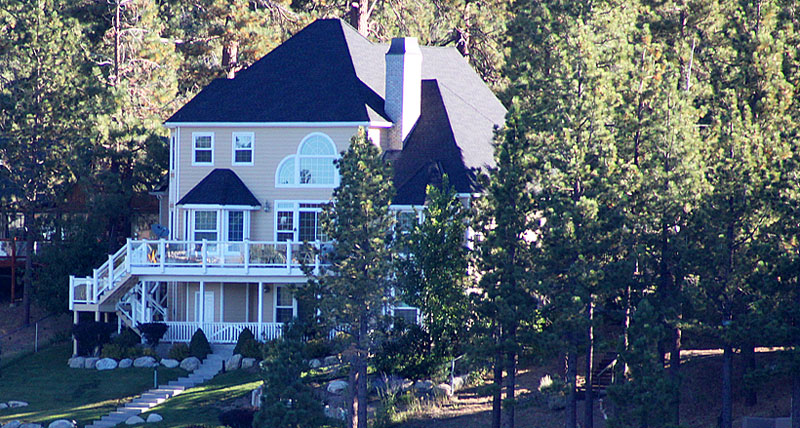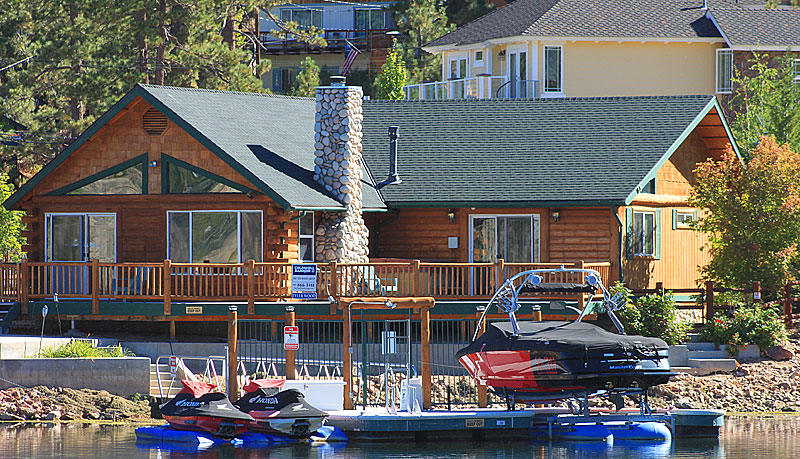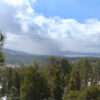The decision to go solar provides a lot to think about. Even though Big Bear receives over 300 days of sunshine per year, solar power isn’t for everyone. You need to get a good picture of what your current energy usage is, and learn how you can reduce your energy consumption in low and no cost ways.
Tapping in to the power of the sun has multiple advantages. You can lower your energy costs and it will help you do your share to reduce dependence on fossil fuels. However, going solar requires you to consider a number of important factors. Take a moment to consider the following factors before you answer the question, “Does solar make sense for you?”
Is Solar Worth Your Energy Output?
Solar systems are a big investment. If your monthly energy bill is less than $100 there may be other more economical ways to reduce it than going solar. You should do an energy audit to determine how much energy you use, and then research what steps you could take to reduce the amount. Part of understanding the cost of solar is figuring out how much you will be saving.
Solar Is Not Free.
Although a solar system can save you hundreds of thousands of dollars over the years, the initial investment is a large one. A typical solar installation will cost around $8,000 per kilowatt. A system that would cover an annual energy bill of $2,000 will be nearly 5 kWh’s or roughly $40,000 before incentives. The various state and federal incentives available can reduce the financial impact by up to 50%.
Is Your Roof shade free?
If your roof is under shade for a good part of the day, this will affect the efficiency of the panels. To reduce system size and cost it’s advised that there be no shade over the panels during prime sun hours. If there are trees causing such cover you will need to have them trimmed or removed.
Does your roof have southern exposure?
Southern roof exposure remains the most effective orientation for your solar panels. Other orientations may work, albeit less effective 90-95%, leading to a larger, more expensive solar system. However it is always best to consult with your solar installer during his onsite visit, as the cost increases may be minimal.
Making the decision to go solar
Before you invest in a solar system for your Big Bear home, you must conduct a comprehensive review of your energy use, confirm your home’s suitability for solar, and calculate your costs and potential savings. If it makes sense for you and your property, the power of 300 days of sunshine will be working for you every (sunny) day.
More about Real Estate and Solar Power;
- SolarPower Shingles -Tiles – solarshingles on HubPages – As for these tiles, or for solar paint, both are too costly, even considering rising energy costs and tax credits, in the current realestate market.
- Property Assessed Clean Energy Loans: Finance Solar Panels … – In short, PACE offers you a simple way to finance solarpower systems or other energy … huge problem and something that our govt should address. PACE could be a real …
-
Does Solar Make Sense for Your House? – Elle MacKenna on … – Mention solarenergy and many people cringe at the thought of the aesthetics. … meant as a substitute for personal guidance from a financial advisor, realestate …









Speak Your Mind